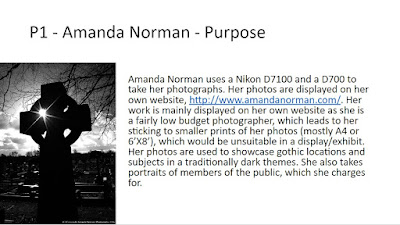- I do not know about your equipment, so if you have any questions, just do an online search for your model number
- If possible, take your images in RAW mode. If you have a camera, go through the settings until you find 'quality' or similar and change the quality to either RAW or RAW and JPG
- If you have a phone, RAW is usually activated by setting the camera to 'professional' or 'pro' mode
- If your phone or camera doesn't have RAW, it's not a problem!
- If you have a really old digital camera, that's not a problem! In fact it's even better!
- If in doubt, shoot in auto mode. A lot of photographers look down on auto, but they tend to be the most boring photographers. Auto allows you to concentrate on shooting, rather than concentrating on your camera.
- Take LOADS of pictures. Hundred and hundreds. Why not?
- Get in close. Or as close as you are able to get in a global pandemic.
- Either hold down the button on your camera or tap the screen of your phone to focus the image (when in auto mode)
- ISO is a measurement of how sensitive the cameras light sensor is. In auto mode it will do whatever it wants and you can sort of forget about it. But as a good rule of thumb, you should set the ISO as low as possible while getting a clear and dynamic image. Never put your ISO higher than 800. That's crazy
- Shoot every single day, wherever you go
- Try not to look at the LCD screen on the back of your phone or camera at all. It leads to bias when constructing your image. Maybe a quick glance now and then, then snap away
- Try taking images from a variety of angles.Lie on the floor, climb on a table
- Don't delete anything until later. Sometimes 'mistakes' are the most interesting images of all!
- The only way you can get good at something is by doing it over and over and over again. So do it, over and over and over again!
- I'm looking forward to seeing your images!
Here are a few images of my village taken during lockdown. Remember, photographers around the world are currently working under extreme restrictions! Try to use this as an opportunity to create amazing work!
- I do not know about your equipment, so if you have any questions, just do an online search for your model number
- If possible, take your images in RAW mode. If you have a camera, go through the settings until you find 'quality' or similar and change the quality to either RAW or RAW and JPG
- If you have a phone, RAW is usually activated by setting the camera to 'professional' or 'pro' mode
- If your phone or camera doesn't have RAW, it's not a problem!
- If you have a really old digital camera, that's not a problem! In fact it's even better!
- If in doubt, shoot in auto mode. A lot of photographers look down on auto, but they tend to be the most boring photographers. Auto allows you to concentrate on shooting, rather than concentrating on your camera.
- Take LOADS of pictures. Hundred and hundreds. Why not?
- Get in close. Or as close as you are able to get in a global pandemic.
- Either hold down the button on your camera or tap the screen of your phone to focus the image (when in auto mode)
- ISO is a measurement of how sensitive the cameras light sensor is. In auto mode it will do whatever it wants and you can sort of forget about it. But as a good rule of thumb, you should set the ISO as low as possible while getting a clear and dynamic image. Never put your ISO higher than 800. That's crazy
- Shoot every single day, wherever you go
- Try not to look at the LCD screen on the back of your phone or camera at all. It leads to bias when constructing your image. Maybe a quick glance now and then, then snap away
- Try taking images from a variety of angles.Lie on the floor, climb on a table
- Don't delete anything until later. Sometimes 'mistakes' are the most interesting images of all!
- The only way you can get good at something is by doing it over and over and over again. So do it, over and over and over again!
- I'm looking forward to seeing your images!









